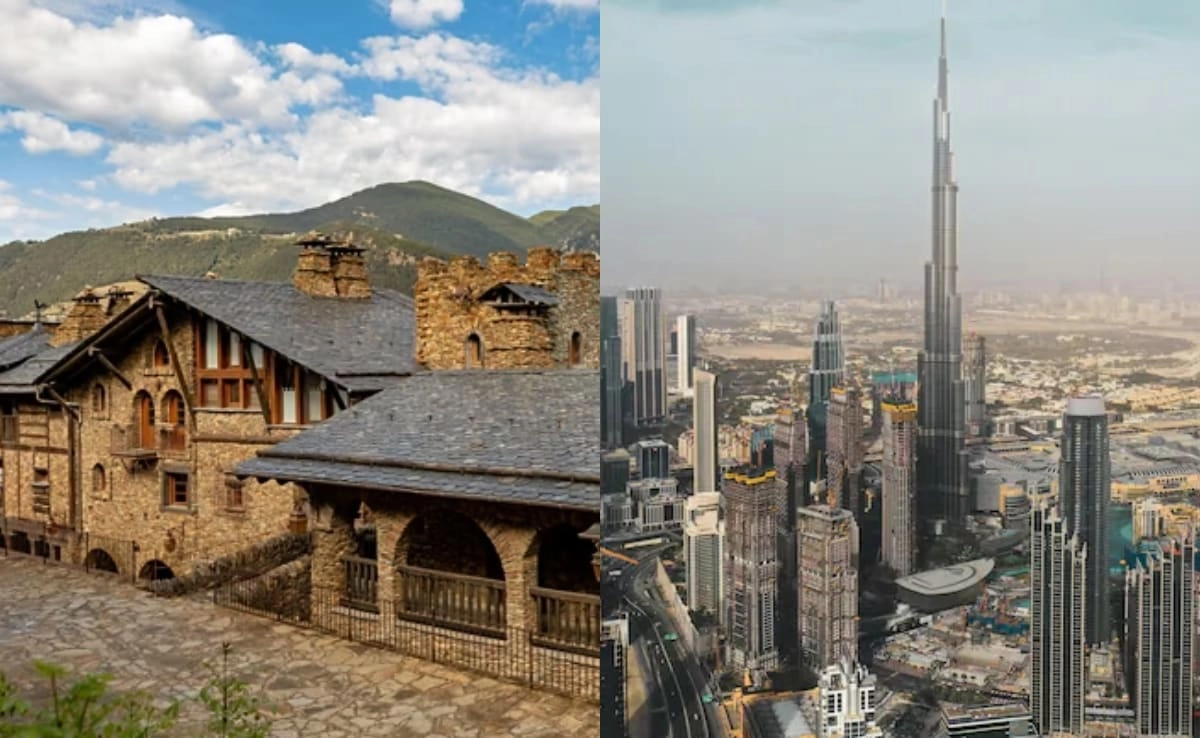In a recent global assessment of safety and security, a European nation has emerged as the world’s safest country, highlighting the importance of effective governance, low crime rates, and robust social systems. While various factors contribute to a nation’s safety, including political stability, law enforcement efficiency, and community engagement, this particular country has managed to create an environment that not only protects its citizens but also fosters a sense of trust and well-being among its population. Such rankings often serve as indicators for potential travelers and investors, eager to understand the safety landscape of different countries.
On the other hand, India’s ranking in this safety assessment offers a different perspective. As a nation with diverse cultures, a large population, and varying socio-economic conditions, India faces unique challenges that impact its safety index. Factors such as urban crime rates, regional conflicts, and issues related to public safety can influence perceptions of safety within the country. However, it is essential to recognize that India also has numerous regions that are safe and welcoming, with communities that prioritize safety and communal harmony.
The contrast between the safest European nation and India’s ranking underscores the complexities of safety assessments. While some countries may boast higher rankings due to effective law enforcement and social welfare systems, others may be working diligently to improve their safety metrics. As India continues to address its challenges, it is also making strides in enhancing public safety measures and fostering community resilience. This ongoing journey highlights the importance of not only understanding safety rankings but also recognizing the efforts made by nations to improve the quality of life for their citizens.




